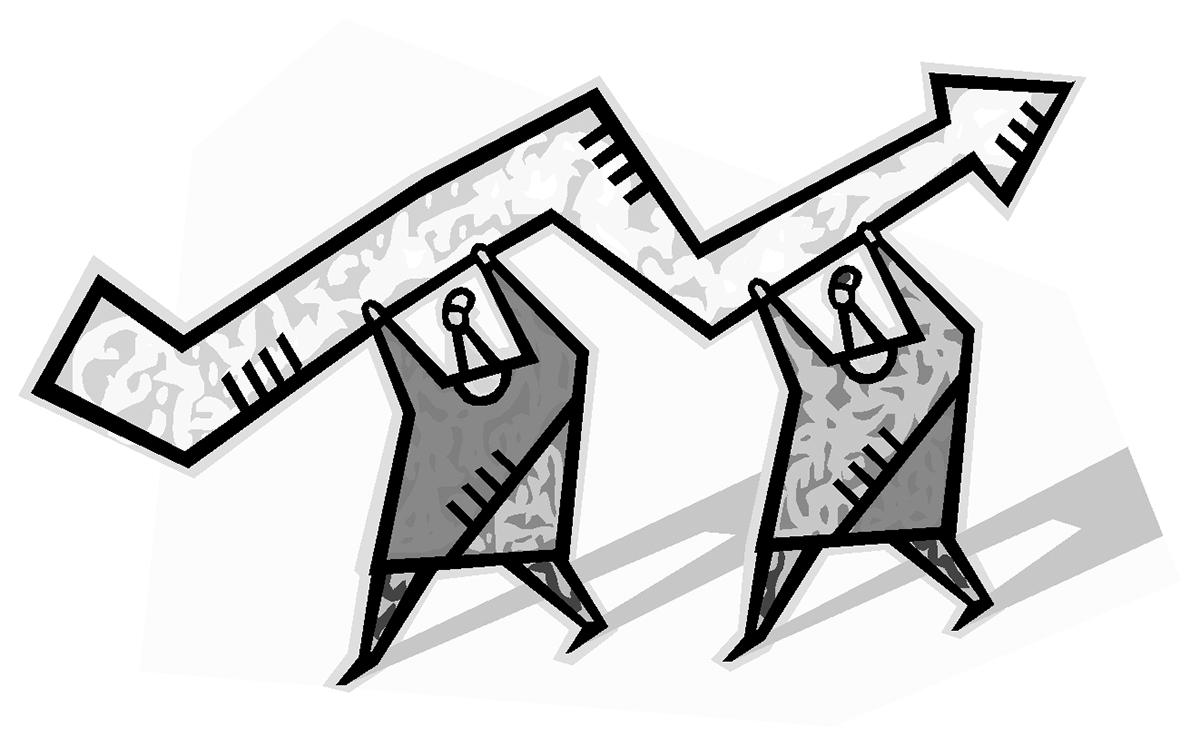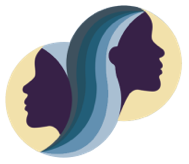
by Michael Hames-García, Director, CSWS; Professor, UO Department of Ethnic Studies
I am aware of the irony of writing a column by myself on collaborative scholarship. Most likely, any insights contained here would have been strengthened by the participation of others in the writing process. And yet, part of what I would like to say is that in some sense all scholarship is collaborative. Even this column that I am writing by myself is informed by the ideas of many others (some of whom I have met and many of whom I have not met), and someone other than myself will copyedit it. Collaboration exists on a continuum that includes the participation of interviewees and study participants, the aid of research assistants, the suggestions of editors and readers (both known and anonymous), the published and unpublished ideas of other scholars who have worked on a given subject, and the influence of one’s teachers, students, and mentors. The most common referent for collaboration in the academy is actually at the far end of this continuum: coauthorship. However, across various disciplines there isn’t even a clear consensus on what constitutes coauthorship. This points to the absence of any natural break along the continuum of collaboration—where participating in a study, providing input on an article or experiment design, assisting in the collection or interpretation of data, or offering editorial suggestions becomes coauthorship.
It’s not uncommon to hear a distinction made between collaborative scholarship in the sciences and some social sciences and individual scholarship in other parts of the social sciences and in the humanities. What people usually mean by this distinction is that coauthorship is much more standard practice in science and social science disciplines. Thus, for example, the Wikipedia entry on “Academic Authorship” references a range of diverging definitions of authorship from professional associations in chemistry, medicine, psychology, and other sciences, whereas the Modern Language Association does not offer any guidelines at all for determining authorship. It is not unheard of for articles in fields like particle physics to have hundreds of authors, often listed alphabetically. In such a case, where being a coauthor means that one contributed to the design of an experiment or worked at a facility where an experiment was being conducted, the very notion of authorship has been removed far from what it means to the average humanist. The understanding of what it means to author in the humanities and many social sciences is more or less indistinguishable from the act of writing. Thus, a graduate student in the humanities whose work is substantially revised according to suggestions from her dissertation advisor is published with only the student’s name attached to it. Similarly, a history professor who comes up with an idea for a project while co-teaching a class with a colleague and who then employs two graduate student assistants to help collect archival data and to transcribe oral history interviews might list herself as the sole author of the final product.
My goal here is not to suggest that authorship practices in the humanities are less democratic than those in the sciences. To be sure, both ways of understanding authorship have their critics. Many have argued that lengthy alphabetical lists of coauthors can mask the central role of primary contributors. They can also result in scholars building impressive curricula vitae while doing very little work, simply by associating themselves with productive students or junior scholars. In such cases, critics charge, the naming of everyone involved with a study as a coauthor can result in a maldistribution of credit, often along lines established through hierarchies of institutional power and access.
The expansion of author lists in the sciences, however, has arisen in part as a response to the historical erasure of contributions to important discoveries by graduate students and research assistants. These erasures have not been without implications for gender equality. One of the most infamous examples is that of Lise Meitner who, with her nephew, Otto Robert Frisch, developed the explanation for nuclear fission in letters to her collaborator, Otto Hahn, in 1938. Meitner, a Jew, had been forced to flee Germany to Sweden months earlier. Hahn went on to publish both the results of his experiments with Meitner and her explanation under his own name, eventually receiving a Nobel Prize in Chemistry for the discovery. Of course, authorship has not always settled the issue of credit for scientific discoveries. An example is the case of Jocelyn Bell Burnell, the Cambridge University graduate student who discovered the existence of pulsars, and who was listed second on the 1968 paper publishing the discovery. Her advisor, Anthony Hewish, was listed first of the five authors. Hewish went on to receive a Nobel Prize in Physics for the discovery, which he shared with his colleague Martin Ryle. Similarly, Rosalind Franklin and her graduate student, Ray Gosling, published their discovery of the structure of DNA in the same issue of Nature that included Francis Crick and James Watson’s article on the double-helix. What was never apparent from this simultaneous publication was the fact that Crick and Watson had been helped in their research by being provided access to Franklin’s X-ray analyses of DNA without her knowledge.
The complex nature of collaboration in these examples and the impossibility of any of these “scientific breakthroughs” happening without the efforts of many different people suggests that the issue is larger than one of just authorship or of giving proper “credit.” Rather, what is ultimately reinforced by both the attachment to individual models of authorship and prizes like the Nobel is the idea of the “lone genius,” an individual who is responsible for some great achievement or innovation that takes place independently of others or outside of a social context that makes the discovery possible. Feminists and other scholars have long criticized the lone genius model of research and innovation. Furthermore, the work of social psychologists Hazel Rose Markus and Shinobu Kitayama on models of self and agency suggests that particular cultures (notably those dominant in Western Europe and North America) tend to value and reward self-regard and self-interest as well as to promote individualistic ideas about achievement through “dense networks of everyday practices, such as complimenting and praising one another for individual performance, frequently distributing awards and honors in classrooms and workplaces, and promoting the self in situations like applying for jobs” (428). It should come as no surprise that this emphasis on the self and the individual is also profoundly gendered in Western European and North American societies.
Thus, given an academic culture that rewards individualized achievement located within a larger society that values individualism and a context in which the rewards of individualism are further stratified by gender and gendered ways of being, how do we properly acknowledge the collaborative nature of all scholarship? I cannot presume to give a sufficient answer to this question, but I think it is useful to consider the work done by CSWS through its Research Interest Groups (RIGs) against the backdrop of an academy that diminishes the role of collaboration when celebrating “stars” and “breakthroughs” while still managing to consistently downplay important individual contributions by women and people of color to scholarly and institutional projects.
Since 1995, CSWS has fostered nearly forty RIGs composed of faculty, staff, community members, and graduate students with shared research interests related to women, gender, and sexuality. Much of this year’s issue of our CSWS Annual Review will reflect on these RIGs. They have ranged widely in form and scope from reading groups on an emerging field to projects seeking to jointly produce politically engaged research, with many variations and permutations in between. By acknowledging that all scholarship—even solo authored scholarship—is fundamentally collaborative and by finding ways to creatively encourage opportunities for different kinds of collaboration, CSWS plays an important role in supporting innovative and creative feminist scholarship at the University of Oregon.
Works Cited and Suggestions for Further reading:
Byers, Nina, and Gary Williams, eds. Out of the Shadows: Contributions of Twentieth-Century Women to Physics. Cambridge: Cambridge University Press, 2010.
Maddox, Brenda. Rosalind Franklin: The Dark Lady of DNA. New York: Harper, 2003.
Markus, Hazel Rose, and Shinobu Kitayama. “Cultures and Selves: A Cycle of Mutual Constitution.” Perspectives on Psychological Science 5.4 (2010): 420-30.
Montuori, Alfonso, and Ronald E. Purser. “Deconstructing the Lone Genius Myth: Toward a Contextual Creativity.” Journal of Humanistic Psychology 35.3 (1995): 69-112.
Sayre, Anne. Rosalind Franklin and DNA. New York: Norton, 2000.
Shenk, Joshua Wolf. “The Power of Two.” The Atlantic (June 25, 2014).
Sime, Ruth Lewin. Lise Meitner: A Life in Physics. Berkeley: Univ. of Calif. Press, 1996.

